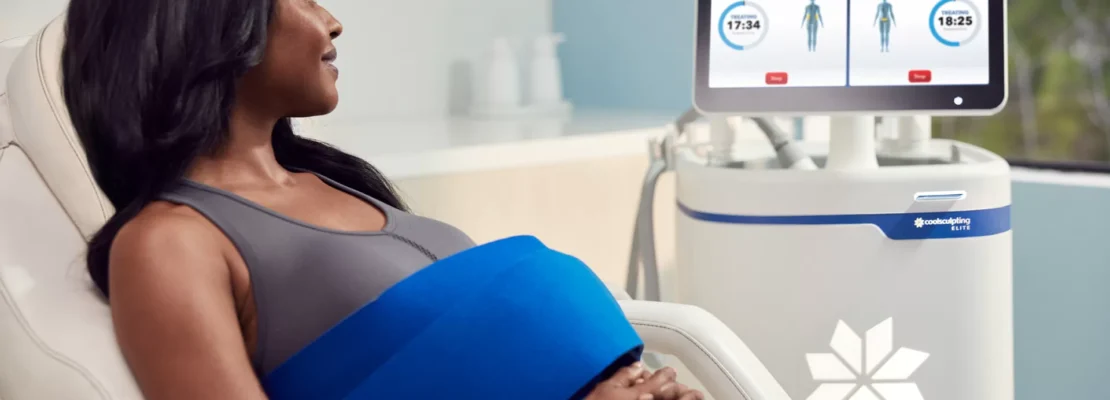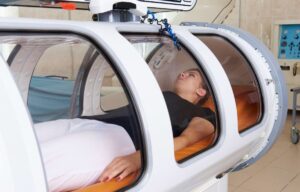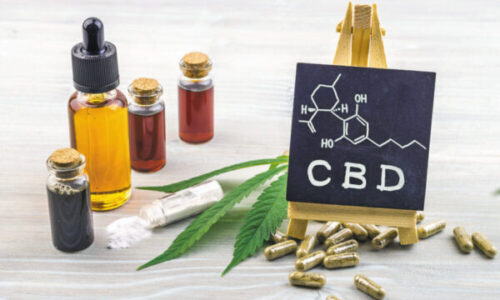In a world where appearances hold significant value, it’s no surprise that many individuals seek effective ways to achieve their desired body shape. While diet and exercise play crucial roles in maintaining a healthy lifestyle, stubborn fat pockets often remain resistant to these efforts.
This is where CoolSculpting comes into play, offering a non-invasive solution to eliminate unwanted fat. But before you jump on the CoolSculpting bandwagon, it’s essential to assess whether it’s the right option for you. In this blog, we’ll explore CoolSculpting candidacy and eligibility to help you make an informed decision.
Understanding CoolSculpting
CoolSculpting is a non-surgical fat reduction procedure that uses controlled cooling technology to freeze and eliminate stubborn fat cells from targeted areas of the body. It’s FDA-approved and has gained popularity as a safe and effective way to achieve a more contoured physique without the need for surgery or downtime.
Candidacy Criteria
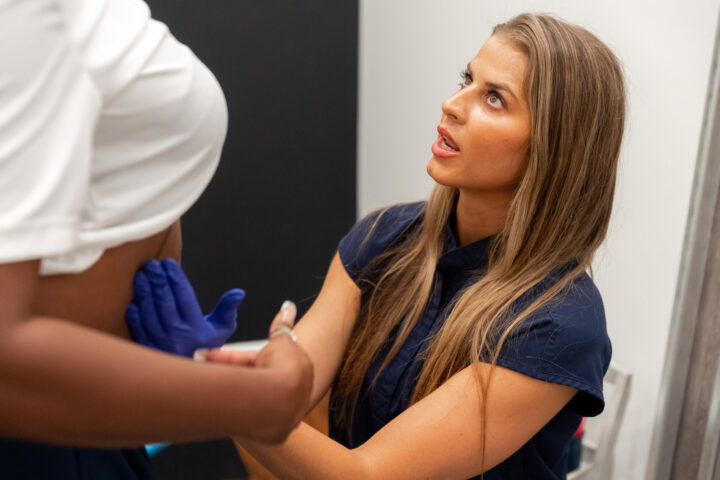
This is not a one-size-fits-all solution, and not everyone is an ideal candidate for this treatment. To determine if you are eligible, consider the following criteria:
- Healthy BMI ─ CoolSculpting is best suited for individuals who are close to their ideal body weight but have localized pockets of fat that are resistant to diet and exercise. A healthy BMI (Body Mass Index) is usually a good indicator of eligibility.
- Realistic expectations ─ It’s important to have realistic expectations about the results. CoolSculpting is not a weight loss method; rather, it’s a body contouring treatment that can help you achieve a slimmer appearance in specific areas.
- Localized fat ─ This is most effective on areas with localized fat deposits, such as the abdomen, flanks (love handles), thighs, chin, and upper arms. If you have larger areas of fat that need to be addressed, other options like liposuction may be more appropriate.
- Good overall health ─ You should be in good general health to undergo CoolSculpting. Certain medical conditions or medications may affect your eligibility, so it’s crucial to discuss your medical history with a qualified practitioner.
- Commitment to a healthy lifestyle ─ While CoolSculpting can eliminate fat cells, it’s essential to maintain a healthy lifestyle afterward to prevent the remaining fat cells from expanding. This includes a balanced diet and regular exercise.
Consultation with a CoolSculpting Specialist
To determine your eligibility for CoolSculpting, it’s essential to schedule a consultation with a certified CoolSculpting specialist. During this consultation, the specialist will:
- Assess your medical history and current health status.
- Discuss your specific goals and areas of concern.
- Examine the target areas to determine if they are suitable for CoolSculpting.
- Create a customized treatment plan tailored to your needs.
- Provide information on what to expect during and after the procedure.
- Address any questions or concerns you may have.
It’s crucial to be honest and open during this consultation to ensure you receive the best guidance and achieve optimal results.
CoolSculpting Process
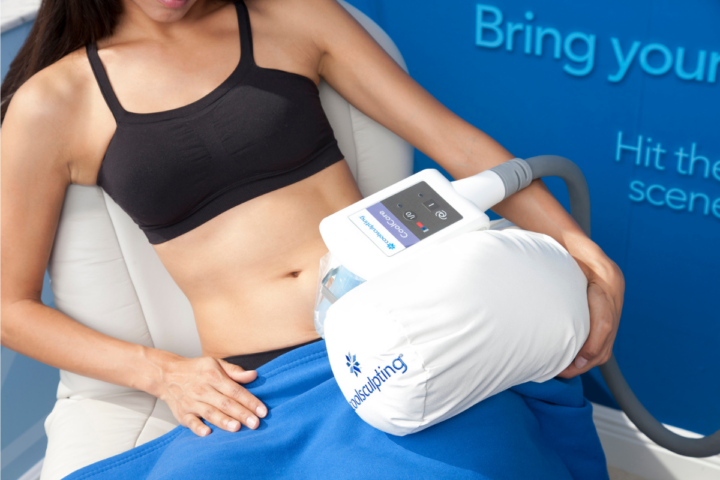
If you are deemed a suitable candidate for CoolSculpting, here’s what you can expect during the treatment process:
- Treatment session ─ CoolSculpting sessions typically last about 35 to 60 minutes per targeted area. During the procedure, a special applicator is placed on the skin, delivering controlled cooling to freeze the fat cells beneath without harming the surrounding tissues.
- Comfort ─ Many patients find the procedure comfortable and may read, watch TV, or even take a nap during the treatment.
- No downtime ─ Unlike surgery, CoolSculpting requires no downtime, and you can resume your daily activities immediately after the session.
- Results ─ Over the following weeks and months, your body will naturally eliminate the frozen fat cells through its metabolic processes. You will start to see gradual improvements in the treated areas.
- Multiple sessions ─ Some individuals may require multiple sessions to achieve their desired results, depending on the extent of fat reduction desired.
Common Side Effects
After undergoing CoolSculpting, individuals can expect some common, mild side effects. These effects are typically temporary and pose minimal inconvenience. They often include redness, swelling, or bruising in the treated area.
It’s important for readers to understand that these reactions are part of the body’s natural response to the procedure. CoolSculpting works by freezing and eliminating fat cells, which can temporarily cause these localized effects.
However, they tend to subside within a few days to a couple of weeks, leaving behind the desired results. It’s worth noting that these side effects are usually well-tolerated and do not hinder daily activities for most patients.
Long-Term Results
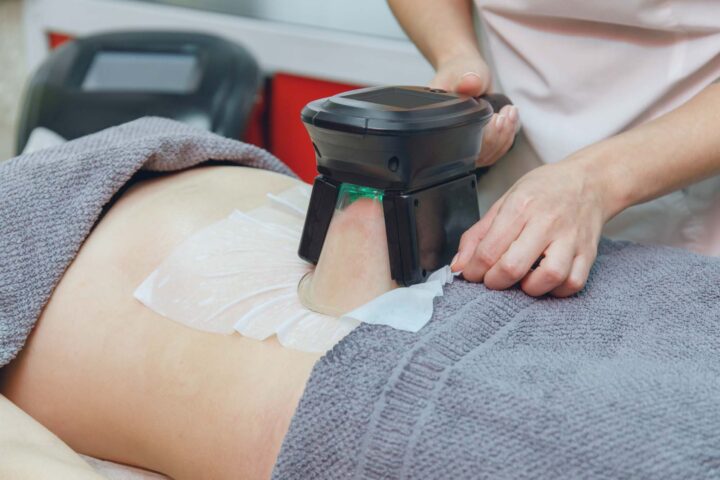
One of the key questions individuals have about CoolSculpting is how long the results will last. CoolSculpting provides long-lasting results because it targets and eliminates fat cells, which do not return. Once these fat cells are gone, they do not regenerate. However, it’s crucial to maintain a healthy lifestyle with a proper diet and regular exercise to prevent the remaining fat cells from expanding.
While CoolSculpting can produce noticeable and lasting results, individual experiences may vary. Some patients may require multiple sessions to achieve their desired outcome. Additionally, as the body naturally ages, its metabolism and fat distribution may change, which can impact the long-term results.
Nevertheless, CoolSculpting remains an effective non-surgical option for fat reduction with results that can be enjoyed for months and even years.
Risks and Complications
While CoolSculpting is generally considered safe, it’s essential to acknowledge that, like any medical procedure, there are potential risks and complications. It’s important to emphasize that these occurrences are rare and often mild.
Possible side effects include temporary numbness, tingling, or discomfort in the treated area. In extremely rare cases, patients may experience paradoxical adipose hyperplasia, a condition where fat cells in the treated area grow instead of shrink.
To minimize risks, it’s vital to choose a qualified and experienced CoolSculpting provider who can properly assess your candidacy for the procedure and ensure safe and effective treatment. By acknowledging these potential risks and highlighting their infrequent nature, readers can make informed decisions about CoolSculpting while maintaining realistic expectations.
Conclusion
CoolSculpting is a revolutionary non-surgical fat reduction treatment that can help you achieve a slimmer, more contoured body. However, it’s crucial to assess your candidacy and eligibility carefully before undergoing the procedure. To get started, schedule a consultation with a certified CoolSculpting specialist who can evaluate your unique situation and provide expert guidance.
If you’re considering CoolSculpting and searching for “CoolSculpting near me,” make sure to choose a reputable clinic with experienced professionals who can ensure a safe and effective treatment process. Remember that achieving your ideal body shape is a journey, and CoolSculpting can be a valuable tool on that path when used in conjunction with a healthy lifestyle.

